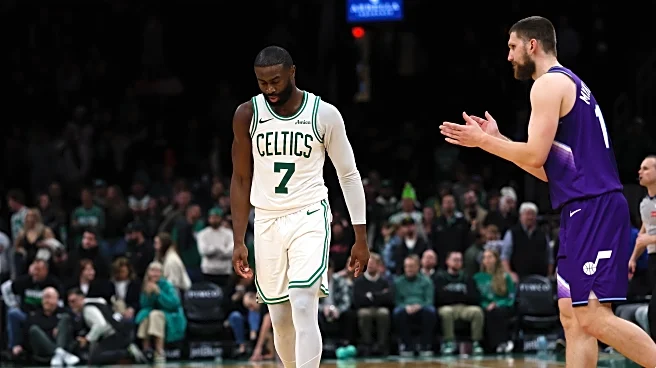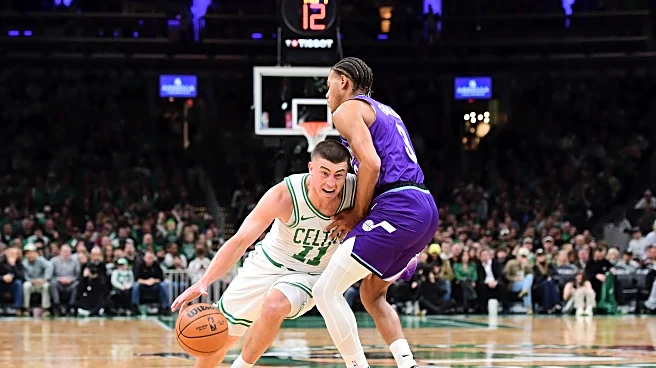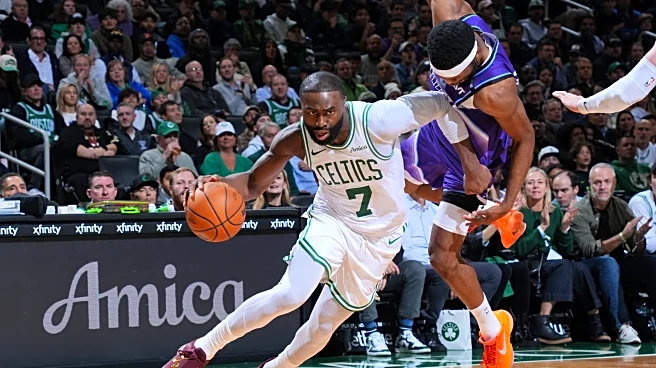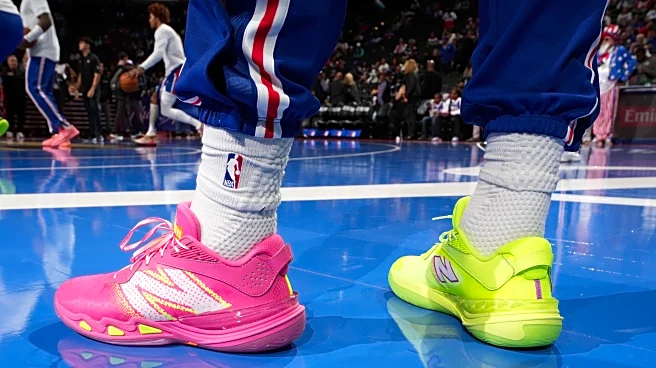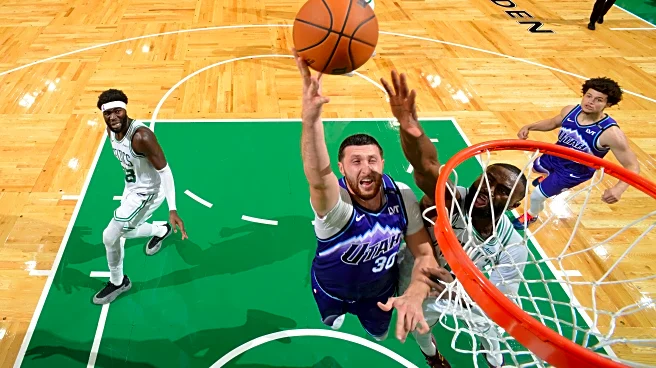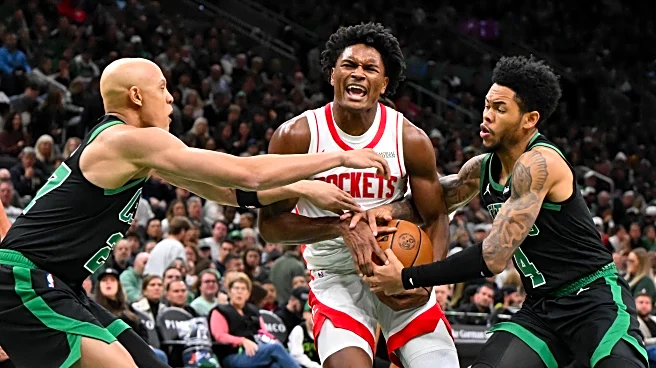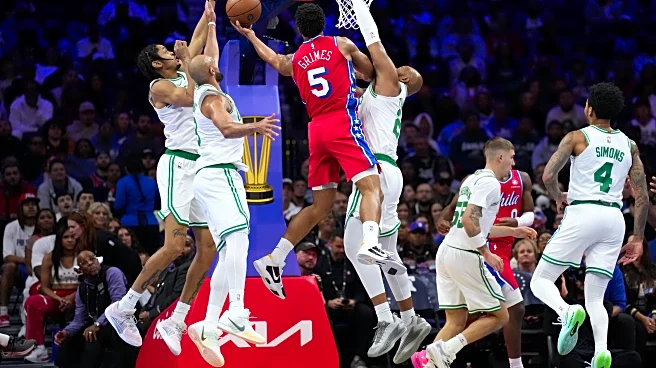The Boston Celtics dropped to 3–5 last night after a tough 105–103 home loss to the Utah Jazz. It was one of the uglier performances in recent memory, though Jaylen Brown’s 36-point effort nearly salvaged
the night. Even in a win, that kind of performance would’ve sparked some tough questions, but after Jusuf Nurkic’s putback with just 0.6 seconds remaining, those questions are only getting louder.
Rebounding, second-half defense, and the overall inability to contain Keyonte George were all key factors in the Celtics’ loss. But what left most fans befuddled was the team’s dismal shooting performance, going just 11-for-51 from beyond the arc. For years, critics from major media outlets to diehard Celtics fans have claimed that all this team does is live and die by the three. Many have called on head coach Joe Mazzulla to rethink his offensive philosophy and prioritize smarter shot selection, and after last night’s performance, those voices only got louder.
Whether you fall into that group or not, it’s hard to ignore how concerning it is to see the Celtics shoot just 22% from three. In the breakdown below, I’ll take a closer look at those attempts, trying to identify which shots were wide open, open, or contested.
Heading into last night’s game, here’s where Boston ranked in shooting according to NBA.com including their standings in made threes, attempts, and overall percentage on those looks.
“Wide open” = 6+ feet of space, “Open” = 4-6 feet of space, “Tight” = 2-4 feet of space, and “Very Tight” = 0-2 feet of space.
56 (8th)/151(7th) on wide open threes. 37.1% on these ranks 19th
41(3rd)/138 (2nd) on open threes. 29.7% on these ranks 24th
10 (5th)/40 (2nd) on tight threes. 25% on these ranks 15th
And for what it’s worth, Boston is 1 of 2 on very tight threes.
In this game, according to NBA.com 50 of the team’s 51 threes were considered open or wide open.
While my word is not the end all be all and I am no NBA.com when it comes to tracking data, this was not true in my eyes. Here are five looks I don’t believe can be considered open or wide open.
A couple of these are late in the clock, but the point is I can’t see how only one of our threes was considered not open.
Furthermore, I decided to take a shot at tracking the attempts myself. It’s worth noting that determining whether a shot is open or contested is highly subjective. What one person sees as open, another might view as not. Even I found myself second-guessing a few of these classifications. This process was challenging, so credit to the people who do this work professionally for the NBA.
Below are all the shots I put in the wide open category.
As you can see, these were good looks, yet the Celtics went 4/16 on those attempts. It’s important to note, though, that just because a shot is classified as open or wide open doesn’t automatically make it a good shot. Factors like distance, the shooter’s identity, and the shot clock situation all play a role. Another key observation: 10 of these 16 looks were in the first quarter. Categorizing these became a lot harder as the game went on because the Celtics stopped moving the ball like they did in the first, which resulted in lower quality looks.
Below is one of my favorite possessions of the game, and I’m glad they got another chance at a good look because they deserved it.
If the Celtics can sustain the ball and player movement, they showcased in the first quarter for longer stretches throughout games, they should be just fine.
Now on to the ones I thought were just open. I feel like this is the section that will get the most conversation but here it is.
The Celtics went just 6/19 on these looks. Once again, I factored in who the shooter and defender were in each situation. For instance, there are several possessions where Keyonte George is matched up against Sam Hauser and given the size difference, even when George is in close proximity, his contest likely has little impact on Hauser’s shot.
Lastly, here are the looks I thought were contested.
Overall, by my tracking, 35 of the Celtics’ 51 three-point attempts were either open or wide open. Still a solid ratio, especially considering that some of the contested looks were forced late in the shot clock. The early season shooting struggles can be attributed to two of the team’s best shooters, Payton Pritchard and Derrick White, putting up uncharacteristically low numbers. Given their track records, and if the Celtics can maintain the level of ball movement they displayed in that first quarter, it’s fair to expect water to find its level.
